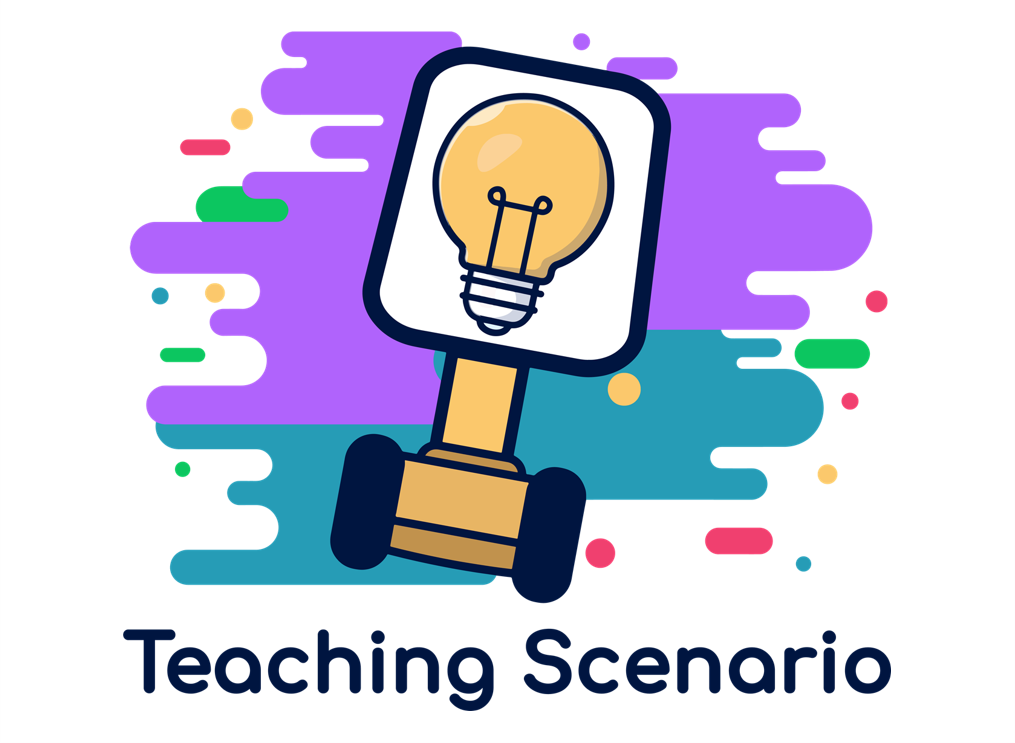
Visiting Unknown Terrain
Educational Level
Secondary – Higher Education
Student Age
10 – 99
Number of students
Full classroom activity
Lesson duration
15 – 60min
Students…
- … learn to interpret clues.
- … raise awareness about their own school
- … raise awareness how other schools can look like
- … get to know other places
- … broaden their view
- … connect with people/students in other places
Students can guess where they are as robots based on an intensive examination of their own and other people’s environments.
Own school: Internet connection. Smartboard / large screen / projector to be able to control a robot together as a class.
Other institution (school): Internet connection, telepresence robot
Students (the whole class) visit a foreign place (e.g. a school) without knowing where it is or what kind of place it is.
Authentic Learning: Students learn about a place they can explore themselves in real time. They can get in touch with real people in real time and ask them questions if necessary.
Game-based Learning: The students practice skills through a playful challenge.
Groupwork: An entire class shares a telepresence robot. While only one person can control the robot, the entire class is involved in the decision-making process of how to explore the site.
Problem-based Learning: The main goal for students is to figure out where they are. Along this problem they acquire further knowledge.
Lesson Plan
Before the Lesson:
Teacher
- The teacher contacts another institution (e.g. school) that has at least one telepresence robot.
- A date is found that is possible for both parties.
Students
- No preparation needed
Lesson:
Teacher
- The teacher starts the task by logging into the other institution’s robot and giving the students the task of exploring the area to find out where they are.
Students
- The students agree on who will operate the robot.
- Students explore the foreign environment. They look for similarities and differences and write them down.
- If possible, they also interact with people in the other place.
- Direct questions about the place or the names of the institution are not allowed.
After Lesson:
Teacher
Teacher starts a roundtable discussion and addresses the following points:
- Group work
- Differences / similarities / special characteristics
- Clues that led to the solution
Students
- Students discuss these points. Reflect on their own school environment. What is different? What could be improved?
Ex
Author: Simon Wimmer (University for Continuing Education Krems, Center for Applied Game Studies)
How did this Teaching Scenario work for you?
Have you tried this or a similar Teaching Scenario?
Feel free to share your experiences with a comment below.
Possible questions for your evaluation of the TRinE Teaching Scenario
- What feedback / reflection was provided by the teacher?
- How is the feedback from the students?
- Why did you decide to use TRs?
- How did the TRs inform your lesson plan?
- What shifts or stretches are you making regarding the TRs?
Does the use of the Telepresence robots:
- align to learning outcomes?
- align to assessment?
- support your educational context?
- differentiate for individual students?
- enhance student thinking by addressing different levels of thinking?
- extend learning authentically beyond the classroom?
- increase engagement and active learning?
- promote and support collaboration?
- provide opportunities to construct knowledge?
Are the students participating / motivated / progressing?
Create your Teaching Idea!
1. Read through our TRinE Guide for Teachers to learn more about designing a lesson with a Telepresence Robot. Browse through our TRinE Ideas and get inspired!
2. Download the Word template here to describe and evaluate your teaching scenario.
3. Contact us and send us the form if you want to publish your Teaching Scenario on our website.


0 Comments